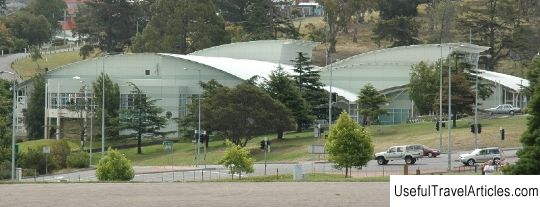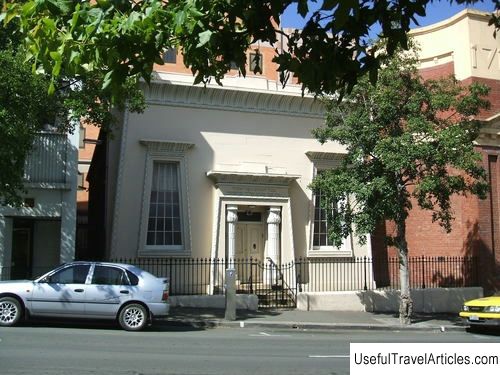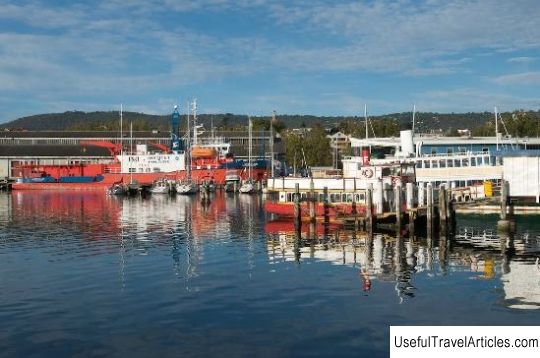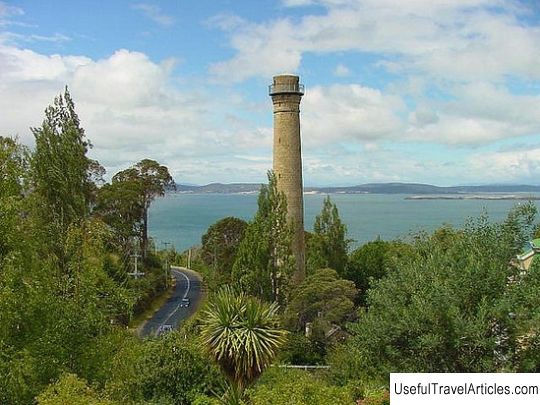Hobart Cenotaph description and photos - Australia: Hobart (Tasmania)
Rating: 8,5/10 (3049 votes) 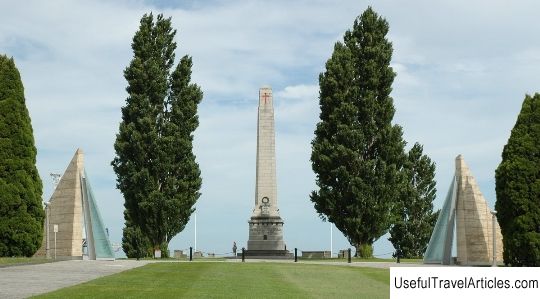
Hobart Cenotaph description and photos - Australia: Hobart (Tasmania). Detailed information about the attraction. Description, photographs and a map showing the nearest significant objects. The name in English is Hobart Cenotaph. Photo and DescriptionThe Hobart Cenotaph, also known as the Hobart War Memorial, is the main military monument in the Australian state of Tasmania. It is located in the state capital on a small hill overlooking the city and the Derwent River. It is here that the main celebrations and marching processions take place on the National Day of Remembrance and Honoring of Veterans of the wars in which Australia participated. On this day, at dawn, a lonely trumpeter always plays the so-called "Last Post" - a check before dawn. The 23.3 meter high cenotaph is made in the Art Deco style, reproducing a traditional Egyptian obelisk. It stands on a stepped plinth of bluish sandstone, and the obelisk itself is made of granite. On each side of the cenotaph you can see a Latin cross made of red glass, all crosses are highlighted. On the north side is a bronze laurel wreath. Spotlights illuminate the cenotaph at night. After the construction of the cenotaph, the adjacent territory was ennobled - a cobbled alley was laid, along which poplars were planted. In 1926, a double row of cedars connected the cenotaph and Soldier's Remembrance Avenue, but only two trees have survived to this day. The obelisk was originally erected in memory of the Tasmanian soldiers who died during the First World War, but today it perpetuates the memory of the victims of all military conflicts in which Tasmanian soldiers participated. In 1925, during the construction of the memorial, a zinc container was placed at its base with the names of 522 local soldiers who died during the First World War. The inscription on the cenotaph reads: "So as not to be forgotten", below the date "1914 - 1919". Although the First World War ended in 1918, in memory of the Treaty of Versailles, signed in June 1919, it was decided to put this date on the cenotaph. After World War II, the date "1939 - 1945" was added.     We also recommend reading Chilean Museum of Pre-Columbian Art (Museo Chileno de Arte Precolombino) description and photos - Chile: Santiago Topic: Hobart Cenotaph description and photos - Australia: Hobart (Tasmania). |
